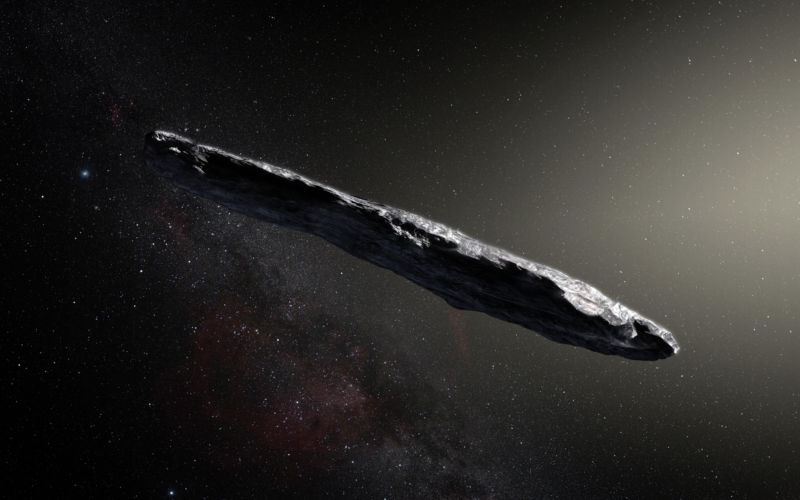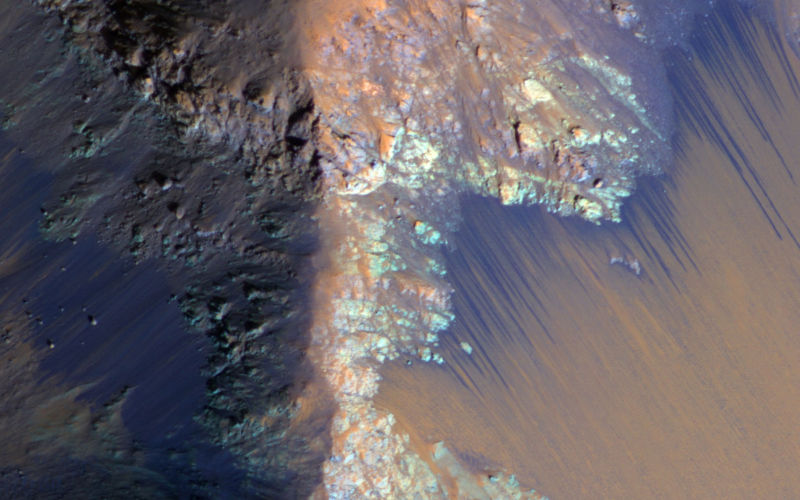- Joined
- Mar 31, 2005
- Messages
- 10,232
- Reaction score
- 3,006
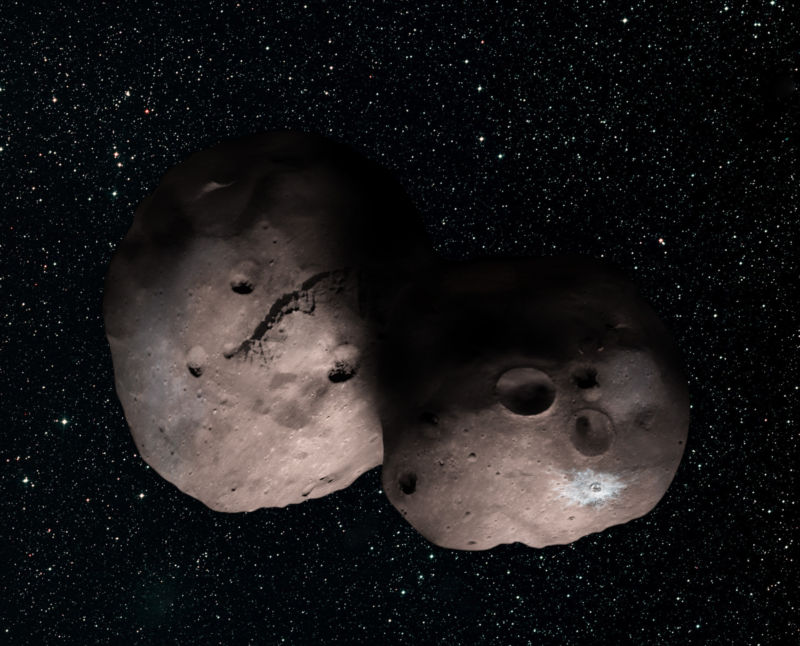
Hello Rocky McRockface.The soon-to-be-famous object at the Solar System’s edge needs a name
Public has until Dec. 1 to suggest a nickname for the flyby object.

Yes, the artist's impression certainly lends weight to some sort of double-spud moniker.Hello Rocky McRockface.
Though "F***ing Potatoes" looks like a good fit to me.
There soon won't be any of these Apollo guys left and they'll almost certainly all be gone by the time humans return to the moon.
I get the feeling that we'll all be dead before there are humans on the moon again. People on the moon is just something old people talk about and young people think is just some senile "good old days" talk.There soon won't be any of these Apollo guys left and they'll almost certainly all be gone by the time humans return to the moon.
The soon-to-be-famous object at the Solar System’s edge needs a name
Public has until Dec. 1 to suggest a nickname for the flyby object.

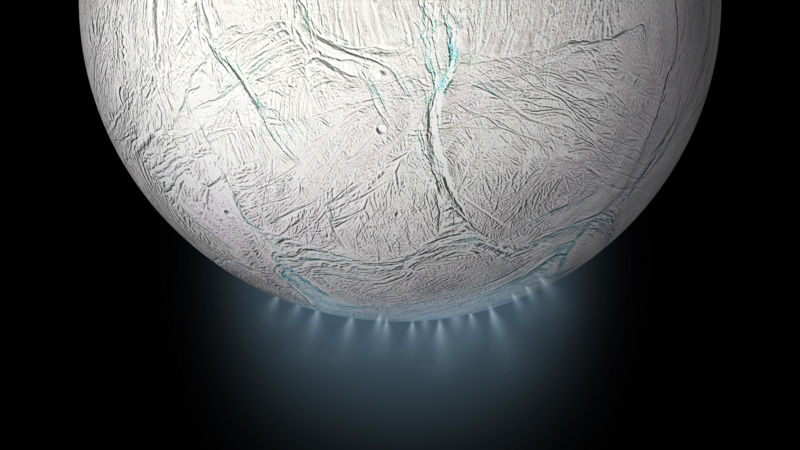

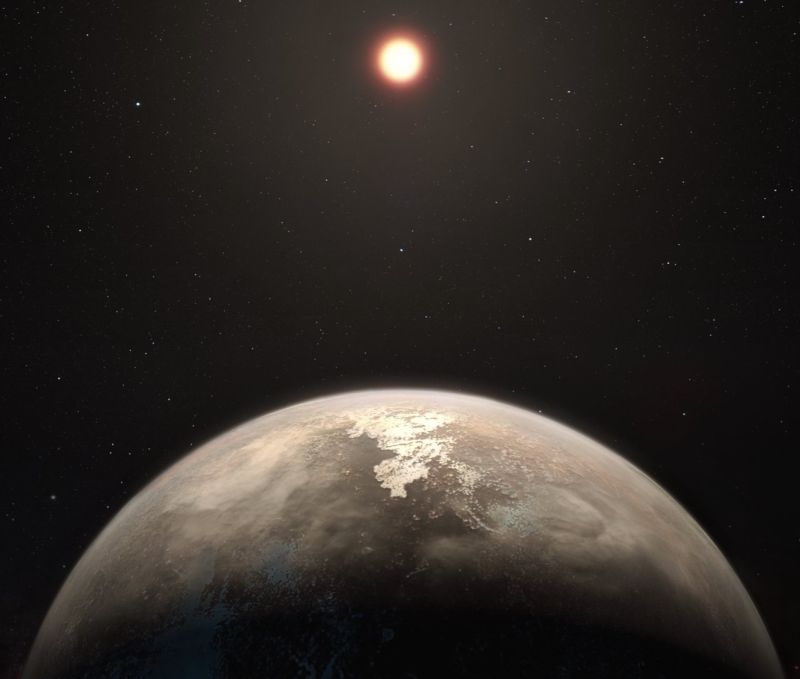
Universe shouldn’t exist, CERN physicists conclude
“All of our observations find a complete symmetry between matter and antimatter, which is why the universe should not actually exist”
